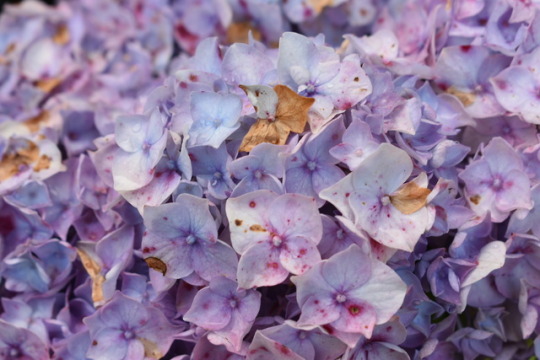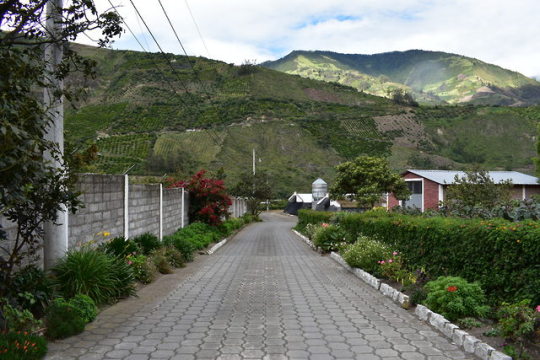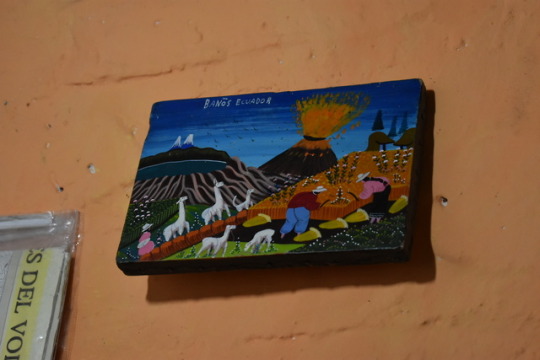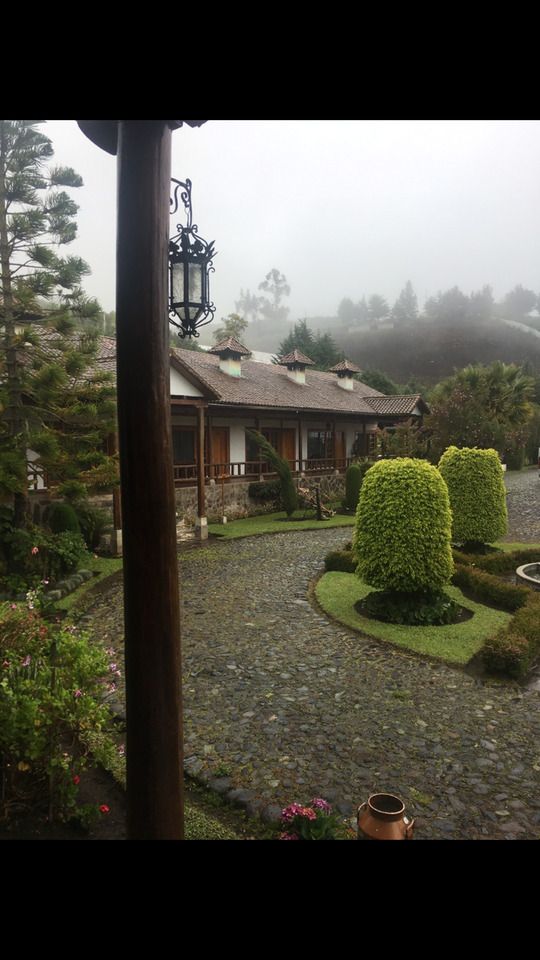#but panama is a hot country so that thing is practically her bed
Text

just the commander enjoying his summer I guess.
“Baby, can you pour me another one please?”
Buy me a ko-fi☕️?^^
#that’s Coca Cola in his glass bc I’m drinking one right now and you know matching drinks🤡#is it weird that i have a beef with hammocks? I’ve been trying to get my mom to dispose of the one we have at home#I just don’t like the aesthetic idk#but panama is a hot country so that thing is practically her bed#anyway i was on Pinterest and i saw a guy on a hammock and i thought Erwin should spend his summer in one of those#he deserves it#attack on titan#shingeki no kyojin#aot fanart#snk fanart#erwin snk#aot erwin#shingeki no kyojin erwin#attack on titan erwin#snk erwin#erwin smith#erwin smut#commander erwin#erwin fanart#aot au#arteastica#commander handsome
2K notes
·
View notes
Photo










June 27th 2018
I greeted the morning at 6:45am, feeling excited to head out of Cuenca. My last breakfast with the family was pineapple and pan, and I took a photoshoot with Abuela in my panama hat. We parted ways as promising to stay in touch, and Rina walked me to the bus. I had about 5 different bags, including my large suitcase, but we arrived right at 7:30am to take the bus to Quito. I foresaw myself being emotional when I said goodbye to Rina, but I was ready to go. I know that I will miss her, but it hasn’t sunk in yet. After one long hug and a few sweet words, we were off to arrive at our Hacienda at 5:30pm
Our bus took us from CEDEI to Hacienda Leito at Patate, following the Panamerican Highway. On the way we traveled through the Chimborazo province, which is home to large populations of Kichwa people in villages like Guamote and Laguna de Colta. Our last stop will be the Tungurahua volcano observatory, before dinner.
Driving through the Equatorial Andes, we experienced an entirely new landscape thanks to reoccurring, fresh volcanic material. The steep slopes, cultivated by quinoa, potatoes, and barley, contain brown or black soil that is nutrient-rich from the volcanic ash. Near the roadside one can see Cho Cho, or domesticated “blue bonnets”, whose poisonous beans are processed before being eaten by the Andean people. Interestingly enough, thanks to the cancellation of the free trade agreement, Ecuador grows their own chickens and makes their own chicken feed. If this deal had not been cancelled, I would have been eating Tyson chicken from Arkansas while in Ecuador. CAN YOU IMAGINE? Anyways, aside from agriculture, there is noticeable lack of remittance housing, and so we see more traditional housing built out of mud and thatched roofs. However these houses can easily be destroyed, either by earthquake or catching fire when lightning strikes, which is fairly common at elevation.
Soon we passed the Norton-built railroad from Guayaquil to Quito, as it runs through Devil’s nose. It is now only partially operating and a tourist attraction, although it used to regularly traverse through Ecuador.
We passed through several villages, where community members were wearing distinct red ponchos. This article of clothing helps identify the labor force, for they used to have problems with non-members entering the village unnoticed. In terms of religion, they are typically Roman Catholic, however Protestant missionaries had quite a bit of success up here. Surprisingly, the indigenous started converting to Evangelical Protestant, shocking the missionaries. This transition allowed them to banish the mestizo priests and missionaries, so the native village people could make religion their own. Soon translating the bible into Kichwa, it became 100% their own practice. Dr. Knapp researched in these lands, but could not work with the Roman Catholic because they were associated with Marxist groups. He struck a deal with the Evangelical instead, to translate his research into Kichwa and share with the indigenous, if he was allowed in their community and to interview the people. Fun fact: during their celebrations, instead of drinking alcohol, soda pop is now popular. It is interesting to me how although these villages are very isolated from the large cities of Ecuador, they still inherit their bad habits like adapting poor diets. I am curious to know if they are also having trouble with obesity/health like Cuenca.
The capital of Chimborazo, called Riobamba, was passed through next. This region used to be 100% mestizo, but now is integrating indigenous peoples. Decades ago, Chinese immigrants set up several shops here. However the indigenous attacked Chinese shop holders for up charging and “stealing” their money. This was one of the few rare cases of inter-ethnic violence in Ecuador, for normally each culture is respected and allowed to flourish. The Chimborazo Volcano, at 17,000 feet, has rapidly melting ice caps that affect irrigated agriculture below. Villagers used to hike up the slopes and cut out large chunks of ice, to make special glacial ice cream, but the practice is diminishing as well.
Finally we reached the Tungurahua province, driving from west to east to arrive closest to the Tungurahua Volcano. This stratovolcano is the most active of Ecuador, and last erupted two years ago. It rises above the towns of Banos, and Riobamba, and is monitored for gassing, formation and seismicity by the Politechnic University of Quito. A faculty member, Patricia Mothes, guided us through the monitoring process and recent changes in both the politics and activity of the mountain. The observatory has operated since 2000, and provides safety for the whole country. They are in constant communication with residents of the slopes, providing a link between these peoples. The observatory’s main concern is lahar and pyroclastic flow. Lahar is a violent type of mud or debris flow, which comes down from the volcano because of the melting ice caps. Pyroclastic flow was known for killing entire villages in Guatemala; is it a fast-moving current of hot gas and volcanic matter that moves away from the volcano as 700 miles an hour or faster. However the warning system is somewhat of concern; ever since Correra took office, the institution is not allowed to alert the people as soon as there is a hazard. Instead it has to go through the president first, and an inspector makes the final call, which could take up to half an hour of time that people on the slopes don’t have. This decision met much backlash, as can be imagined, from indigenous peoples. If Politechnic was given the power to warn farmers, the risks of living near a volcano could be greatly minimized. However people will always reside near these geologic formations regardless; the fertile soil and clean air is too hard to resist.
We arrived at the Hacienda after our observatory visit and were assigned rooms. I’m thankful to be rooming with Allie again; it was originally supposed to be Emily but she did not want to room with me so I ended up getting an even better roommate (screw ‘em)! We spent about an hour and a half walking around the BEAUTIFUL Hacienda. Words can’t even describe how the stark white building contrasted with the ominous Tungurahua volcano and the steeped flanks of surrounding mountains. There were beautiful hydrangeas decorating the lawns, and a precious nursery of tree tomatoes. Glacial water ran through our hacienda, and the skies were blue and clear. Inside, the room are enormous with real fireplaces, large beds, paintings, and even a bath tub!! The lobby was ornamentally decorated and incorporated key elements of Latin American culture.
Dinner was at 7:00 and I was starving since I didn’t eat much of the lunch. We had a hot lemony-cider with alcohol, potato soup with avocado, STEAK, fries, vegetables, chocolate cake, and a drink of our own choosing. I was so appreciative and thankful for this meal and this place. So luxurious, and for the first time in a while I was STUFFED. I could not have been happier about it. After dinner I took a hot bath (MY FAVORITE THING IN THE WORLD), and packed up my things for the jungle tomorrow.
I am now going to sleep listening to the crackle of our fireplace, in thick blankets with a full belly. Clean, warm, and content.
I do not think anything in my life will ever top this trip. To the Jungle I go!
0 notes